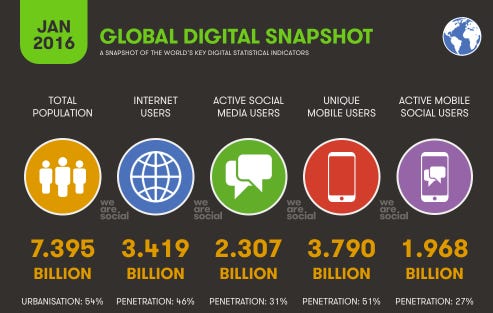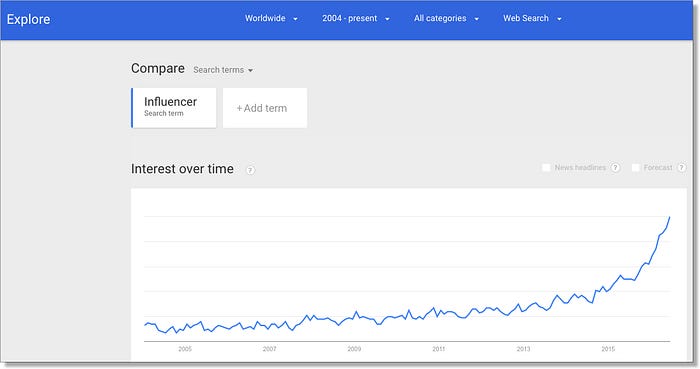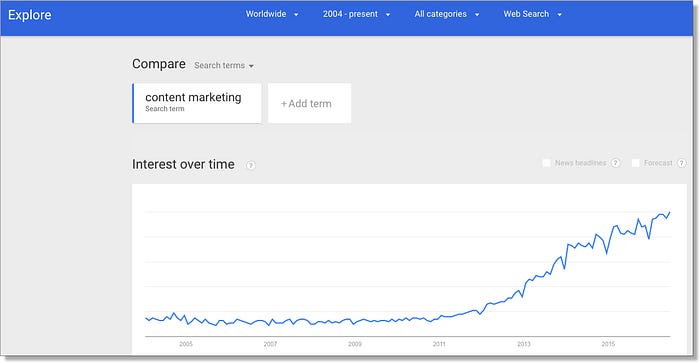Face App, mature bag, 10-year challenge. Each one of you reading knows exactly what I mean by these things. These are the biggest fads of 2019 yet. But fads are one thing and trends are another. Fads come and go but trends have the potential to influence long term change. Just like how the trend of growing a beard has given substantial growth to the men’s grooming industry since 2014.
Earlier the change was slow. But now, with every individual owning a smartphone accompanied with unlimited ‘free’ data, we are in the midst of a digital and communications revolution that is disrupting life, business and media in just the space of a few years.
The perfect storm
The social web and the smartphone revolution is supercharging the perfect communications storm.
To put some perspective on it. Here is some of the latest data on the scale, size and scope of the ecosystem that is feeding the trend tornadoes.
- 2.3 billion social media users
- 1.97 billion active mobile social users
- 3.42 billion internet users
These are not fads.

Infographic source: Wearesocial.com
Traditional media is struggling.
Newspapers were once the heart and soul of PR. Press releases were the only way to get breaking news out about the brand. PR professionals had to maintain good bonds with journalists for those extra columns once in a while.
Not anymore. With platforms like Facebook, Snapchat and Instagram brands have direct access to their audience and with complete freedom on their message.
5 PR trends to watch
So what are 5 big PR trends that you need to be aware of so that you don’t become a dinosaur in your own lifetime as a communications and PR professional?
#1. The online influencer is now a marketing force you can’t ignore
The online influencer has moved from a fad to a mainstream trend that PR professionals and brands are embracing.
Today it’s more about finding the right influencer to get your story out rather than the best newspaper. Influencers are already talking to your customers. They also have credibility and trust.
In 2013 the term influencer started to trend up. But you can see from 2015 the growth has been explosive as marketers, brands and organisations started to recognize that influencers on Twitter, Instagram and YouTube could provide communications impact influence at scale.
They started to evolve their digital marketing and communications to tap the trend.

Traditional channels don’t carry the same communications cred (or interest) anymore.
#2. Technology is now needed to scale your communications
With more than a dozen communication channels, rich multimedia and over 13 billion people accessing the internet worldwide, demands a scale in your efforts. And only technology can give you the desired scale.
Automation, once seen as the evil in communication and publishing domains, is now the most sought after feature in all the social media tools and other communication tools by brands out there.
#3. The social web is democratizing communications
The old media was run by a few publishers and how much visibility a brand gets was solely in their hands. Not anymore. With the plethora of smartphones and ‘free’ data, everyone has become a publisher in their own right.
A brand like Nike no longer just sells shoes but has become a media platform on its own in the sports domain. With social media, brands can reach their audience without paying any gatekeeper anything.
#4. Digital content is the new cash
In today’s digital world of bloggers and influencers omnipresent in the multiple digital media channels, every brand is judged by its content. It is the basis on which credibility and trust are built in the digital world. Any content found on Google is believed to be true.
Brands have also become conscious of the same as content marketing has become the core of their each and every communication and marketing.

#5. Brand influence is measurable
Old buddy networks still work and human connections are still powerful and useful. But real influence is now starting to be measured with data metrics. The data reveals who is being heard, how many are listening and even what actions they are taking.
You can measure positive or negative sentiment.
Digital data can measure what works and what doesn’t. The size of the social networks that are following a brand on Facebook reveals a brand’s popularity.
The biggest challenge
You can mentally get all this…..but the biggest challenge to embracing innovation and disruption is “Forgetting old habits.”
John Maynard Keynes had this to say about change and innovation. “The difficulty lies not so much in developing new ideas as in escaping old ones”
This will mean a life of continuous learning.
It doesn’t mean going back to university but consuming online training, reading blogs and even attending online webinars. Killing old habits means a force-fed diet of new information and ideas.


